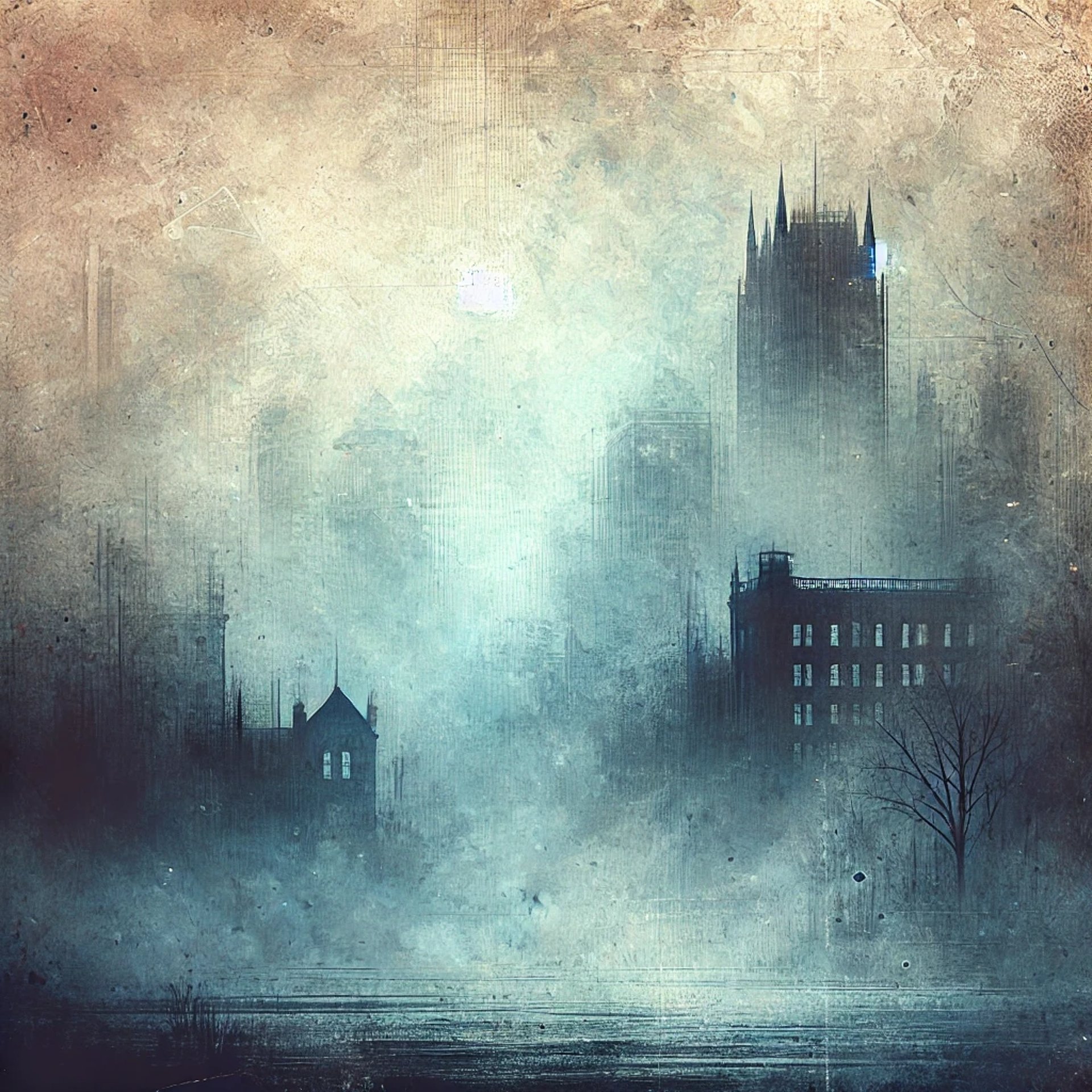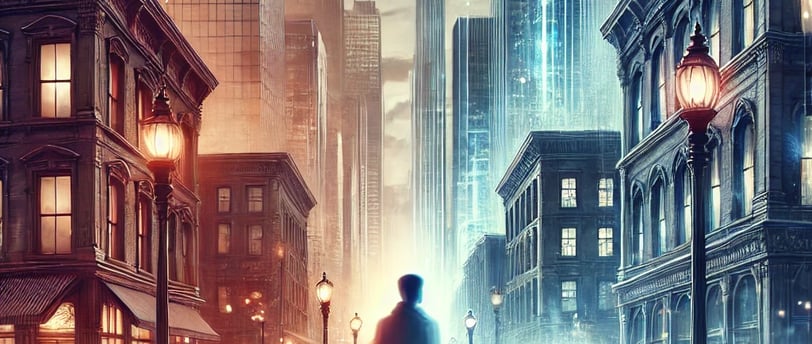The Haunting Phenomenon of Time Slips: Could You Be Living in Two Eras at Once?
Explore the mysterious phenomenon of time slips—real-life stories, theories, and chilling experiences that challenge our understanding of time and reality.
Billys Zafeiridis
11/25/20244 min read



Imagine walking down a familiar street, the sun warm on your back, when suddenly everything feels... off. The air thickens. Sounds dull. Then, out of nowhere, you’re surrounded by people in strange clothing, old-fashioned cars, or even a completely alien landscape. Moments later, it all fades, and you’re back in the present.
What just happened?
These bizarre occurrences, known as time slips, have been reported all over the world. Unlike traditional ghost stories or UFO sightings, time slips suggest that reality itself—our understanding of time and space—is more fragile than we think.
What Exactly Is a Time Slip?
A time slip is a phenomenon where someone appears to temporarily step into another era. This isn’t a dream or a hallucination; people describe these experiences as vividly real. Witnesses report seeing historical scenes, futuristic settings, or even an overlapping of two timelines where the present and past collide.
The strange part? Many of these accounts are eerily similar.
Famous Cases of Time Slips
1. The Bold Street Incident
One of the most famous time slip stories took place in Liverpool, England, on Bold Street—a seemingly ordinary shopping area. In the 1990s, a man named Frank was walking toward a bookstore with his wife. As he approached, the air felt heavy, and the modern hustle of the city seemed to vanish.
When Frank looked around, he was shocked to see people dressed in 1950s attire. Cars from the mid-20th century were parked along the street, and the bookstore he was heading to had transformed into a clothing shop.
Even stranger, Frank’s wife had completely disappeared—until she reappeared moments later, wondering where he had gone. To this day, Bold Street is rumored to be a hotspot for time slips, with multiple reports of similar experiences.
2. The Versailles Encounter
In 1901, two women, Anne Moberly and Eleanor Jourdain, were visiting the Palace of Versailles in France. As they strolled through the gardens, they reported seeing people in 18th-century clothing, including a woman sketching who resembled Marie Antoinette herself.
The women later discovered that the areas they walked through no longer existed as they had seen them, and historians matched their descriptions to specific features of the gardens during the 1700s. Was this a glimpse into the past, or simply an overactive imagination?
3. RAF Pilot and the Time-Warping Airfield
In the 1930s, an RAF pilot claimed he landed on an airfield that was fully operational—with people working, planes fueling, and activity buzzing. However, when he returned to the same location days later, the airfield was completely abandoned and overgrown. Later investigations revealed the airfield had been decommissioned years earlier.
Theories Behind Time Slips
Time slips challenge our understanding of reality, and many theories attempt to explain them—some more outlandish than others.
1. Parallel Universes
One popular explanation is the multiverse theory, which suggests there are infinite parallel timelines coexisting with our own. A time slip could be a momentary overlap, allowing someone to briefly step into a different dimension.
2. Residual Energy
Some believe time slips are tied to residual energy, where powerful emotions or events leave an imprint on a location. When conditions are right, these “imprints” replay themselves, much like a recording.
This theory aligns with many paranormal encounters, such as ghost sightings, where the entities seem to be unaware of the observer’s presence.
3. Wormholes and Temporal Distortions
Science fiction fans often point to wormholes—theoretical shortcuts through spacetime. While largely unproven, it’s possible that natural phenomena like geomagnetic anomalies or gravitational shifts could momentarily warp time, creating the sensation of a time slip.
4. Psychological Phenomena
Of course, skeptics argue that time slips are nothing more than psychological tricks. Stress, fatigue, or even mild temporal lobe seizures could create vivid hallucinations that feel real.
But can all these experiences really be dismissed so easily?
How Do Time Slips Feel?
Reports from witnesses often include common elements:
A sense of disconnection: The environment becomes eerily silent or the air feels heavy.
Hyper-realism: People describe the scenes as being sharper, brighter, or more vivid than normal.
A sudden return: Time slips usually end abruptly, leaving the witness confused and disoriented.
One thing’s for sure: the emotional impact is profound. Many people are left questioning their sanity, while others become obsessed with finding answers.
Can You Trigger a Time Slip?
This is the million-dollar question. While most time slips happen spontaneously, some believe they can be induced by visiting areas with strong historical significance or energy anomalies.
Bold Street, Gettysburg, Versailles—these places seem to hold echoes of the past, making them hotspots for those hoping to experience a time slip.
Meditation and heightened awareness have also been suggested as ways to “tune in” to other timelines. But be warned: if you go looking for the past, you might not like what you find.
Why Do Time Slips Fascinate Us?
Let’s be honest. The idea of time slips taps into something deeply human: our obsession with time itself. Who hasn’t wished they could visit the past or peek into the future?
Time slips make us question everything we think we know about reality. What if time isn’t linear? What if the past, present, and future are happening all at once? And what if, just for a moment, we could step out of our timeline and into another?
Final Thoughts: Are Time Slips Real?
Whether you believe in time slips or not, the stories are compelling—and unsettling. They blur the line between the known and the unknown, forcing us to confront the possibility that our understanding of time is far from complete.
So, the next time you feel a strange shift in the air, or catch a glimpse of something that doesn’t belong, ask yourself: Am I seeing a memory of the past—or am I living it?
Because in the end, the truth about time slips may be stranger than we can ever imagine.
